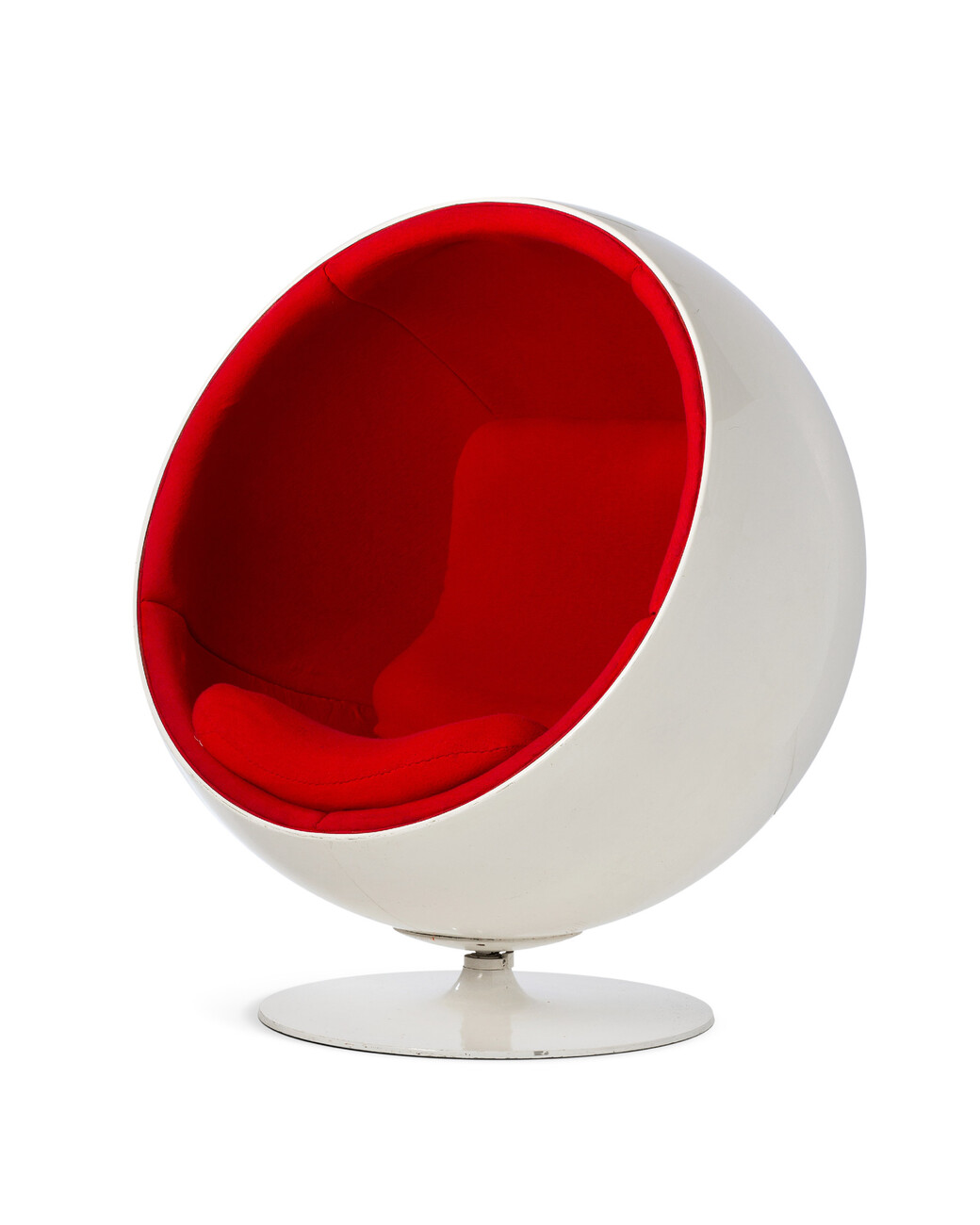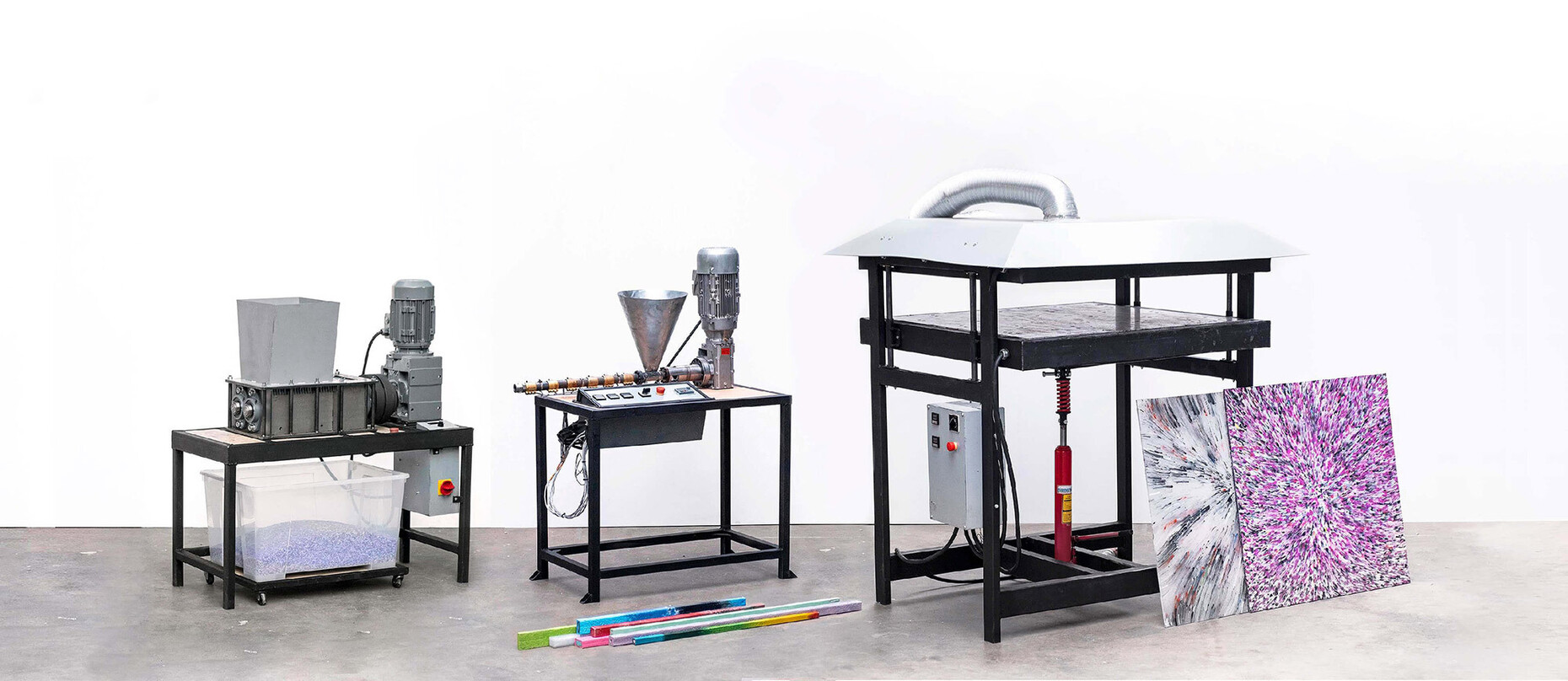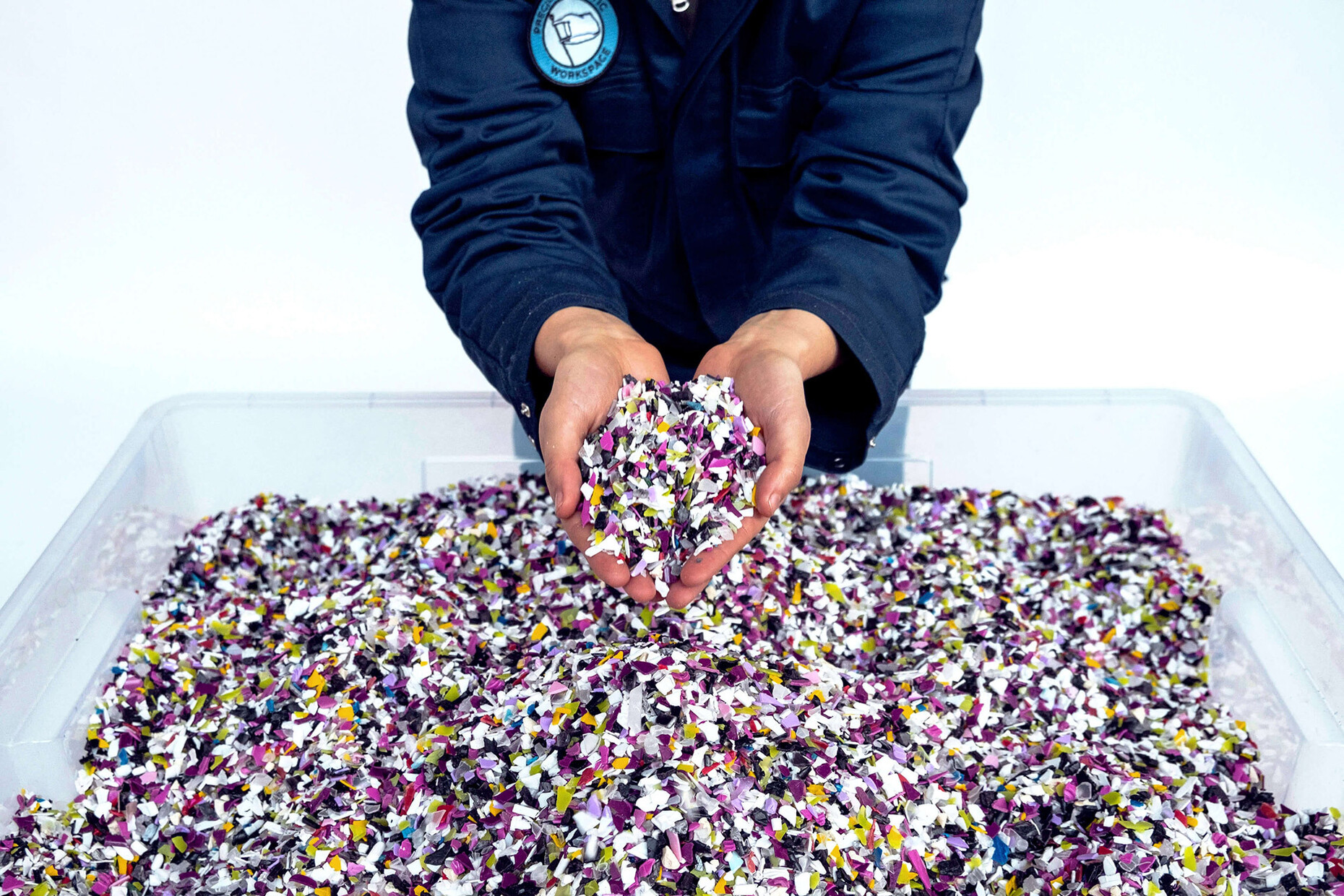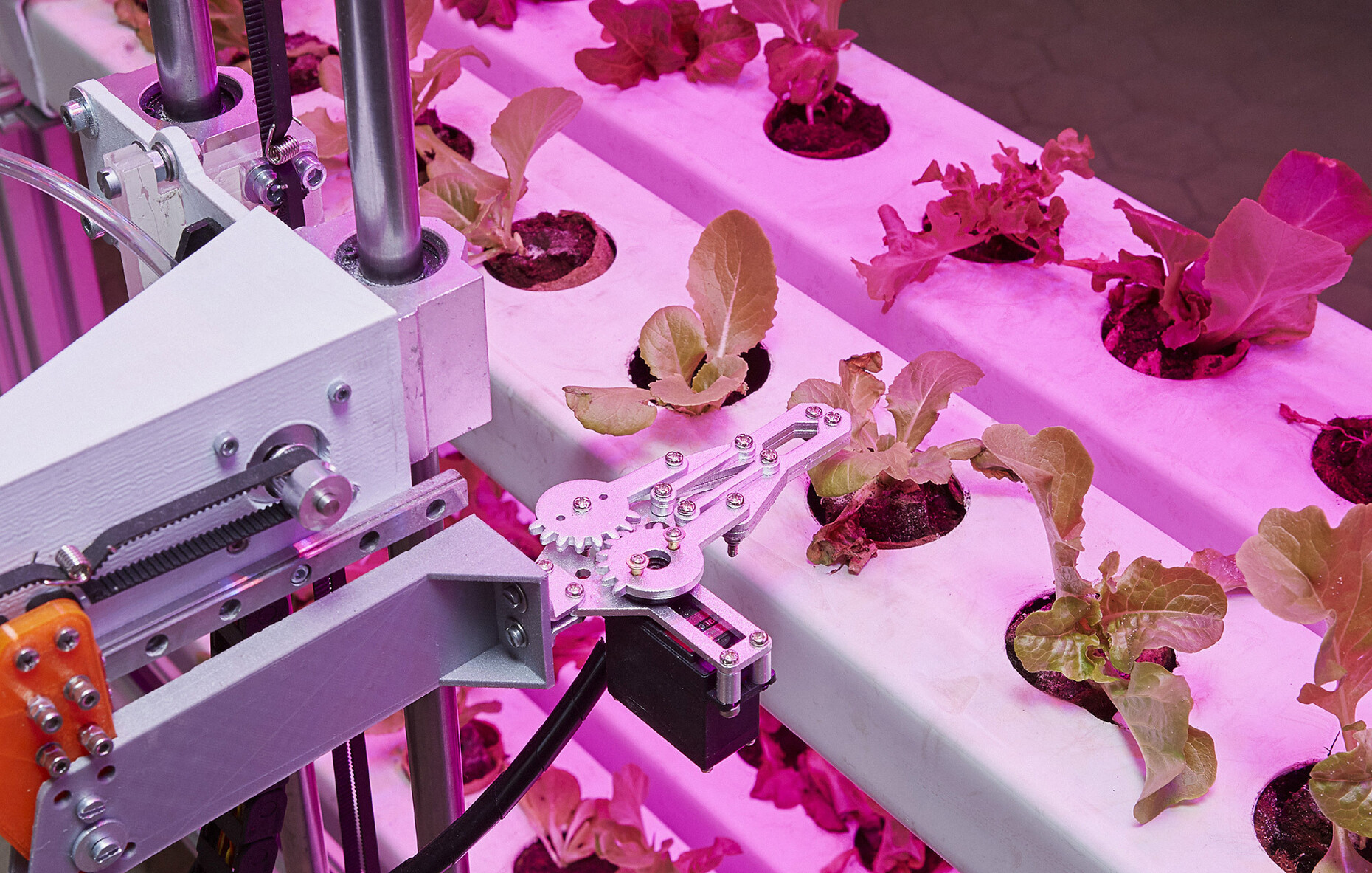SUSTAINABILITY
Plastic: promising but problematic
Anna Moldenhauer: Dr. Eisenbrand, what made you decide to curate an exhibition on the topic of “Plastic”?
Jochen Eisenbrand: Until now exhibitions relating to this topic either primarily focused on the littering of the planet or concentrated on exhibiting iconic plastic items. We thought it would be interesting to highlight both sides: not to downplay the problems caused by plastic but equally to give a more balanced view of the current demonization of the material. Another interesting aspect is how we ended up with this littering problem. The exhibition is a cooperation with the V&A Dundee and the Maat: Museu de Arte, Arquitetura e Tecnologia from Lisbon – and this collaboration across countries is in itself already indicative of the great relevance of this topic. We also made an effort to incorporate views from the Global South in the guise of exhibits, round table discussions, and essays so as to move away from the perspective prevalent in the Global North slightly.
The topic offers a wide range of possibilities. To put the point across you decided to divide the exhibition into three sections that highlight the past, the present and a possible future. What did you regard to be important?
Jochen Eisenbrand: As regards the history of plastic we felt it was important to show how it came to be so omnipresent and also to highlight the turning points. We started with the predecessors to plastic that were still based on raw materials of an animal and plant origin such as Shellac, gutta-percha, horn or tortoise shell. Bakelite then marked the transition to synthetic plastics. The petrochemical industry boomed, plastic became a household product, and the overproduction of single-use plastics began. Today, we have a great many different plastics that present a challenge when it comes to recycling. Another interesting aspect is how society values the material – after all, in the 1950s and 1960s synthetic plastic was hailed as miraculous. It makes sense to look to the past in order to see how the solutions we have today came about; we have always been ruthless in our exploitation of nature.
You have worked for almost 20 years at Vitra Design Museum. Were there works and concepts in the exhibition that surprised you?
Jochen Eisenbrand: Yes, for one thing I find the early days of plastics very interesting. Things looked so promising at the start but then developments took a turn that was far from ideal and got stuck there. I come from a cultural science background myself so I am also interested in everyday phenomena – for example, when the concept of convenience emerged. At the time an image of the globe completely wrapped in cellophane was a sign of progress, while today we immediately associate it with the littering of our environment. I also found the experiments for sustainable alternatives exciting – like those of Dutch designers Klarenbeek & Dros, who experimented with algae. Other interesting examples include the research by British start-up Shellworks on synthetic materials made from bacteria, the fungal cell research by Karlsruhe Institute of Technology or the studies for biodegrading plastic using enzymes by the University of Portsmouth and ETH Zürich. I also see a general development in design. People are attaching greater importance to materials research and designers are increasingly adopting a circular approach to their work. They question the origin and recyclability of materials. These are small steps and research into bioplastics is still ongoing because the material needs to be both enduring and recyclable. That will not be easy to achieve, but it is important to have such research efforts. The key message of the exhibition is that essentially one idea will not be enough to solve the problem. What we need is a combination of many different approaches. Arguably the most important question is how we are to restrict our future use of plastic to those areas where their use is both essential and makes good sense.
Your doctoral thesis was on the work of George Nelson. Will any of his works be on show in the exhibition?
Jochen Eisenbrand: Of course, we simply had to include one of his works. We opted for the "Bubble Lamp" that he developed in 1952 in collaboration with William Renwick. He drew inspiration for this luminaire from applications made during World War II – at that time a special spray was used to provide a protective plastic coating for warships and planes to prevent them from rusting.
In the research you conducted numerous interviews with designers, politicians, and scientists. Would you say we have a chance to free ourselves from our dependence on plastic?
Jochen Eisenbrand: I don’t think we can free ourselves from it entirely but we can substantially improve the situation – albeit only with the support of industry. An exhibition like ours can raise visitors’ awareness and show them that everyone can influence things by altering their behavior as consumers. If there is an increase in demand then supply rises accordingly. We can already see a change, for example, in the way that the term sustainability is currently employed as a popular advertising device. But it is difficult for consumers to determine what is a serious approach, what is only symbolic or simply fraud and can therefore be dismissed as “greenwashing”. In my opinion we need greater legislative control in this area. What’s more, recycled products have to date been considerably more expensive. We need different conditions for manufacturers if we are to alter that imbalance – you can’t just let the market regulate things.
Do you feel plastic can ever truly earn the label of being “sustainable”?
Jochen Eisenbrand: Yes, providing you get away from using a fossil-fuel base and create genuine circular economies. But we still face difficulties when handling composite materials as they are difficult to separate for recycling. Where you have purely mechanical recycling it is often more a matter of downcycling where the moment that the whole lot ends up on the rubbish heap is merely delayed somewhat. With chemical recycling you sometimes have greater opportunities, but at the cost of very high energy inputs. In very many fields such as transport, sports or medicine it is difficult today to conceive of people managing without plastic. And with some alternative materials based on food stuffs like corn you have to consider whether using food crops is really a good idea given the malnutrition and starvation in many areas of the world. Moreover, cultivating such raw materials also requires enormous areas of land that are in short supply anyhow. The basic problem, the crux of the matter, as it were, is that plastics have been available at low cost and in large quantities for many years and have consequently acted as one of the biggest drivers of consumer society. We have become accustomed to this fact and in other parts of the world we see that people are keen to attain these exaggerated levels of consumption.
I also find it interesting how people differentiate between “good” and “bad” plastic in society, the ‘Monobloc’ and ‘Panton’ chairs being prime example of this. Though both models are made entirely of plastic they are viewed quite differently. How do you perceive that?
Jochen Eisenbrand: You can say it starts with the term itself: if it has a positive connotation people tend to talk about a “synthetic material”, whereas if it has a negative image then they refer to it as “plastic”. I think it has to do with the quality of the items that are made of it. For example, the ‘Panton Chair’ was created in the 1960s when the material was generally perceived to indicate progress. I think you can tell from the design how much love and effort Verner Panton put into the years he spent developing the chair – now that was truly research work! By contrast, the ‘Monobloc’ is a chair that meets all the criteria to be an ideal chair but because it is so incredibly cheap people think nothing of throwing it away after only using it for a short time. I don’t think you can say plastic is per se bad as a material; it depends more what you make of it and what benefits if offers.
Plastics. Rethinking the world
26 March to 4 September 2022
Vitra Design Museum
Charles-Eames-Str. 2
79576 Weil am Rhein
Opening hours: Daily 12 to 17 h
Phone: 07621 – 702 32 00


































